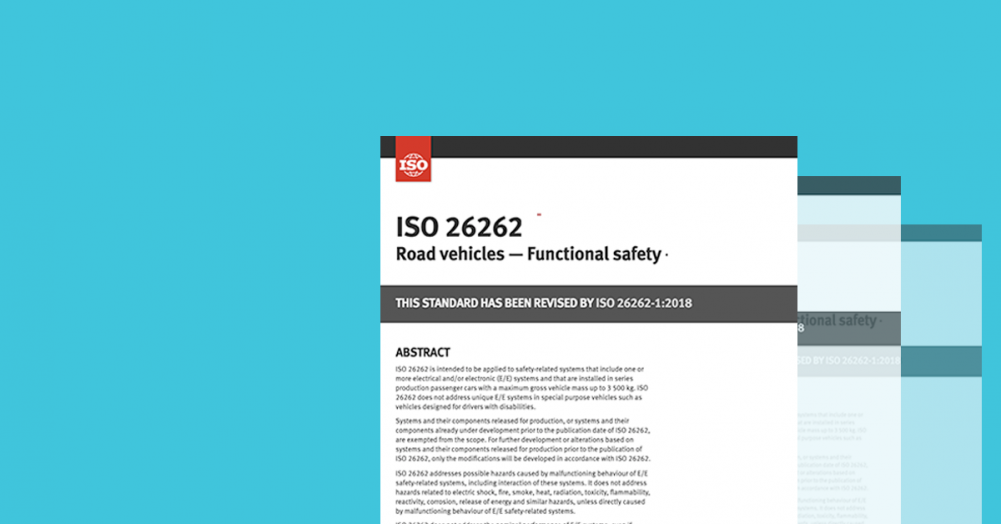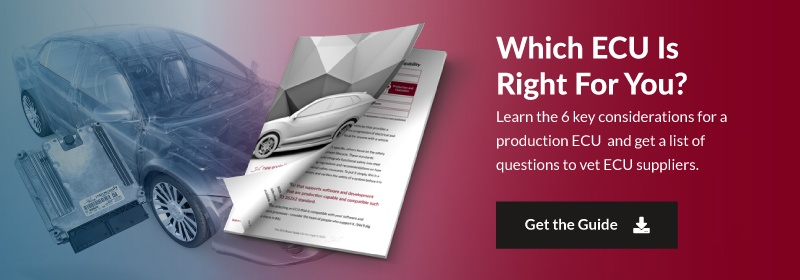When it comes to delivering an EV on time and on budget, there are many factors that can put your project at risk. The complexity of developing the modern EV, including the need to cater to industry standards and regulations, can be overwhelming.
One significant consideration throughout the life of your project is adherence to the international functional safety framework established by ISO 26262. These standard safety measures must be applied to any vehicle before it ever hits the road.
An independent laboratory must then test, verify, and validate the results. Following this safety process is far from simple.
What is ISO 26262?
ISO 26262 is an international standard for road vehicles throughout the progression of electrical and electronic (E/E) systems development. Some aspects are project specific, while others focus on safety regulations throughout the development lifecycle. Generally speaking, ISO 26262 is to be applied to all E/E systems in road vehicles used by the general public.
In 2018, revisions were made based on industry feedback and advances in technology. There were several areas that were updated, with the most significant being an increase in scope beyond light-duty passenger vehicles to incorporate nearly all private, commercial, and transit applications.
ASILs and the Cost of Compliance
The standard uses a series of steps to administer a risk-based approach to determine a risk class, known as Automotive Safety Integrity Levels (ASILs). These provide a framework for companies to manage safety and regulate product development. The standard also includes practices to validate that these criteria have been sufficiently reached.
ASILs are determined by the effect a hazardous incident could have on the overall E/E system. Each establishes the safety goal as a function of the three things:
- Probability of exposure to the incident
- Severity of potential bodily injuries
- Controllability by the occupants to mitigate injury.
Though some parts of the standard have limited effects on development, others have significant time and money impacts.
The Perks of an ISO-Capable ECU
New Eagle offers several ECU design options for projects that require ISO 26262. In addition to the quality of Raptor-integrated hardware, purchasing an ISO-capable ECU from New Eagle will benefit a project in some critical ways:
- Streamlined Development Speed – Our technology incorporates advanced, easy-to-use software. Project teams can get a head start and begin at a more developed stage of production.
- Full Design Control – Developers have more control of design decisions. A Raptor ECU lets you design your vehicle to meet your customers’ needs – while knowing that you’ll meet industry regulations.
- Ownership of IP – Working in Raptor gives you the ability to keep your design process in-house, meaning you’ll retain the intellectual property rights of all aspects of your design.
- Minimized Risk to Deadlines – By purchasing hardware that already incorporates safety compliance, designers avoid a complex vetting process, which means less risk and more speed in getting out the final product.
A Partner Who Knows What It Takes
With all the risks production teams face, you need a partner who is well-versed in getting products to market fast. Working with New Eagle means you can take control of safety standards and regulations — and put fears about how they’ll affect your bottom line in the rear-view mirror.




